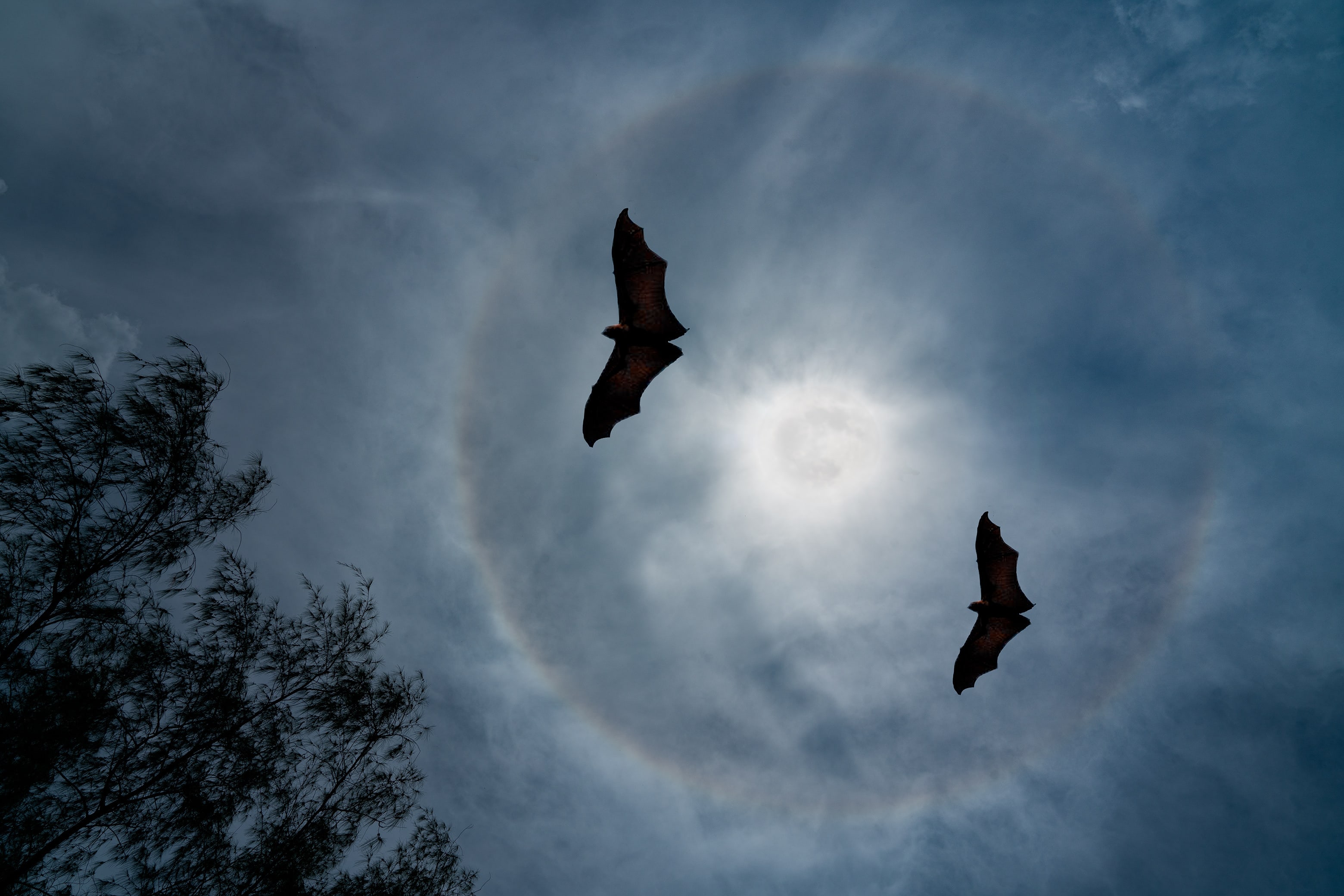Share
How Metrolinx helps Ontario’s endangered bats
Metrolinx partnership with TRCA is helping endangered bat species in Toronto and beyond.
Jul 25, 2024
They are the world’s only flying mammals and despite their rodent-like proportions, bats are genetically closer to us humans than mice or rats.
Pop culture paints the flying critters as vampiric bloodsuckers, which fuels countless misconceptions, but did you know bats are responsible for saving billions of dollars globally every year?
As Metrolinx works to build, improve and expand transit across the region, we’re taking careful steps to support ecosystems, help Ontario’s endangered bat species and more. One of the ways we’re doing that is through a partnership with Toronto and Region Conservation Authority (TRCA).
Building transit and habitats
Metrolinx and TRCA are building 150 temporary bat shelters, providing a habitat for bats to breed and raise their young. (Metrolinx photo)
Together with TRCA, we’re constructing 150 structures known as bat boxes across the Greater Toronto and Hamilton Region. These structures provide a temporary habitat for bats to breed and raise their young. You may come across these bat boxes as you visit parks across the region, including E.T. Seton Park, Fergy Brown Park and The Don River Valley Park.
Bats will take some time adjusting to their new habitats, so if you happen to come across one as you walk through nature, TRCA recommends you keep your distance while observing. If bats are using the structures, they’ll be visible at dusk.
RELATED: Kicking off tree planting season with conservation partners
Which bats are in Ontario?
Bats, like this Little Brown Bat, keep insect populations in check, pollinate plants and disperse seeds, saving billions of dollars every year.
Ontario is home to eight different species of bats. Those include the little brown bat, the eastern red bat, the silver-haired bat, the tricoloured bat and more.
Four of the eight species are listed as endangered, according to TRCA. Ongoing threats like climate change, disease and habitat loss continue to pose a threat to our bat populations.
So why go through this effort to protect bats?
Aside from it being the right thing to do, bats serve an important role in ecosystems across the globe. They feed on insects, both controlling their population and significantly reducing our usage of pesticides on our crops – leading to billions of dollars in savings every year.
Climate change, disease and habitat loss are threatening bat populations across the entire continent.
A single little brown bat can eat its own body eight in insects in one night! Bat guano also serves as a powerful and natural fertilizer. As well, bats are effective pollinators and seed dispersers. Some fruit like mangoes, bananas and peaches depend on bats for pollination. Fancy a margarita or paloma? Thank a bat. In warmer climates, they are the sole pollinator for agave, the key ingredient in tequila.
TRCA utilizes equipment like high-frequency recorders to help monitor bats over the course of months, helping guide conservation decisions. Installing these bat habitats is just one way we’re taking steps to be a good neighbour, for people, bats, vegetation and more.
by Jasmine Pazzano Senior Social Content Creator, Shane Kalicharan Metrolinx editorial content advisor
